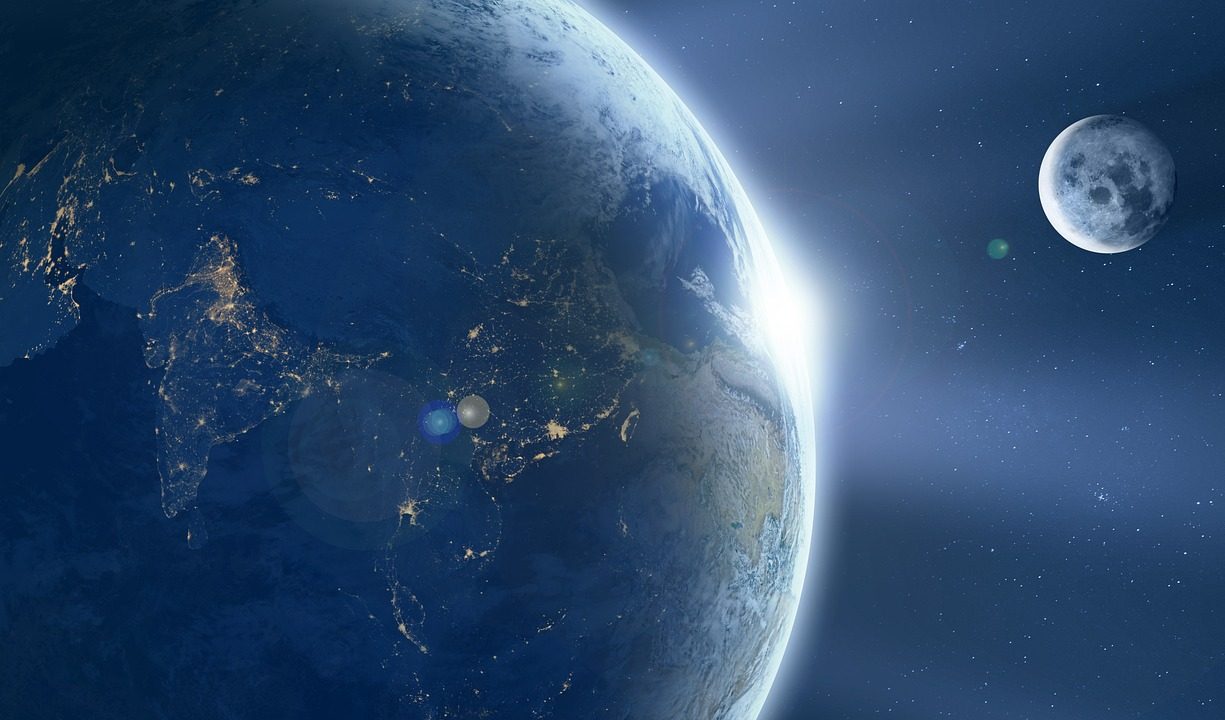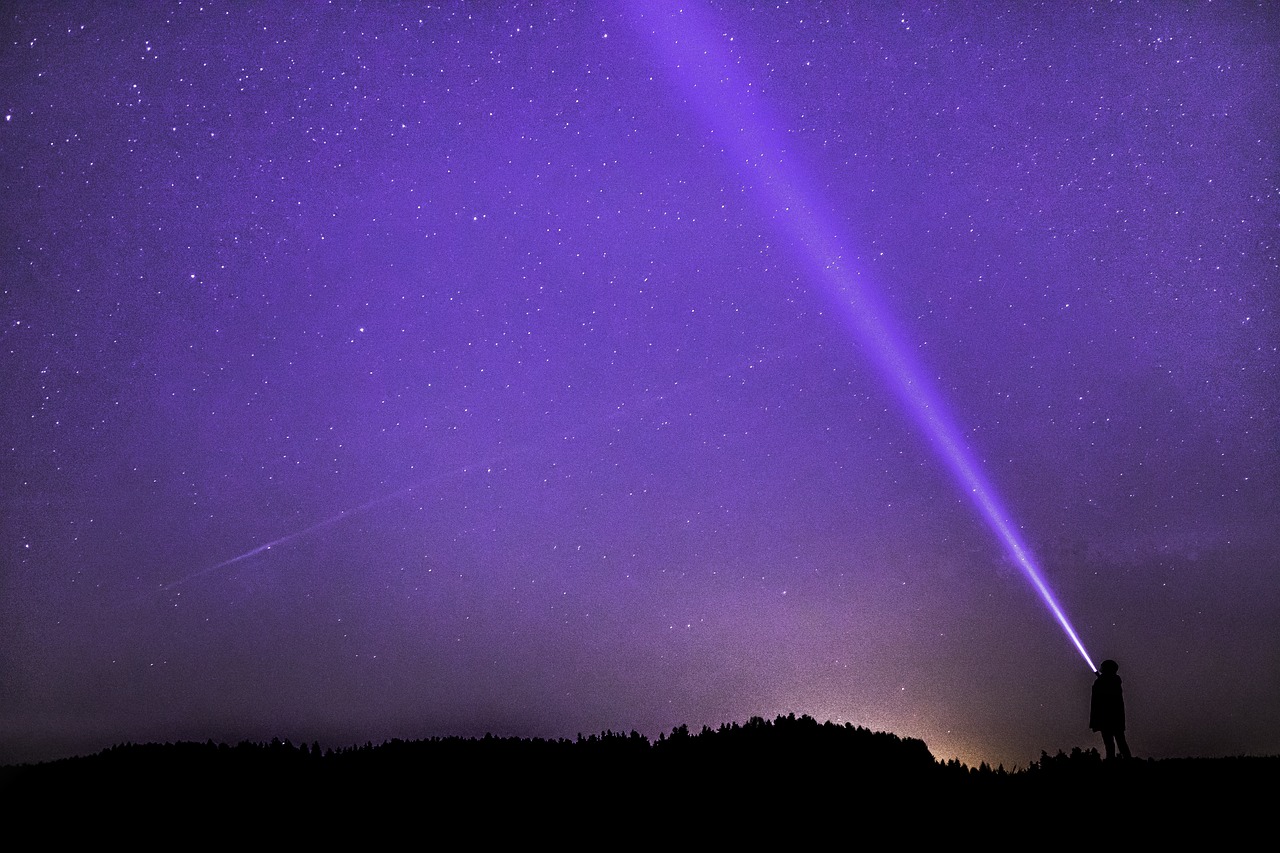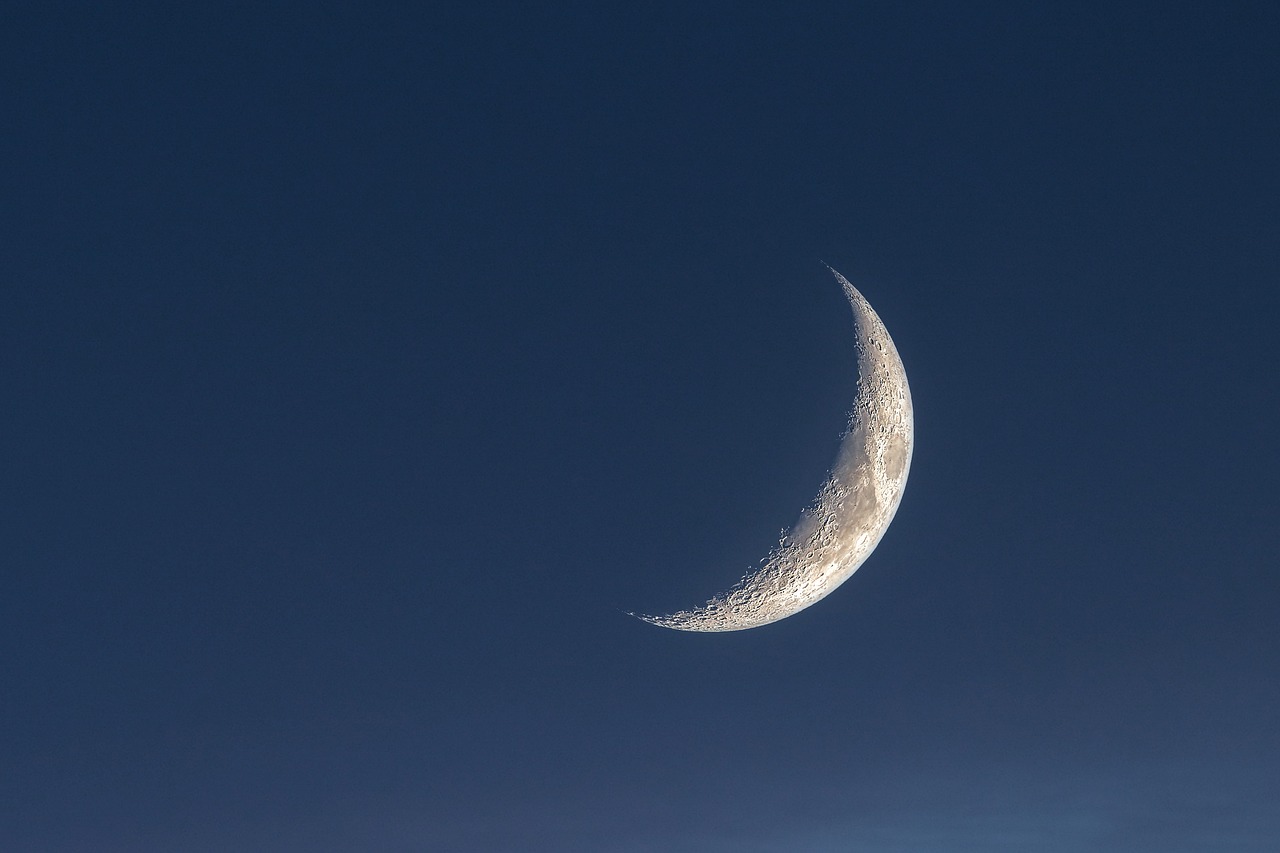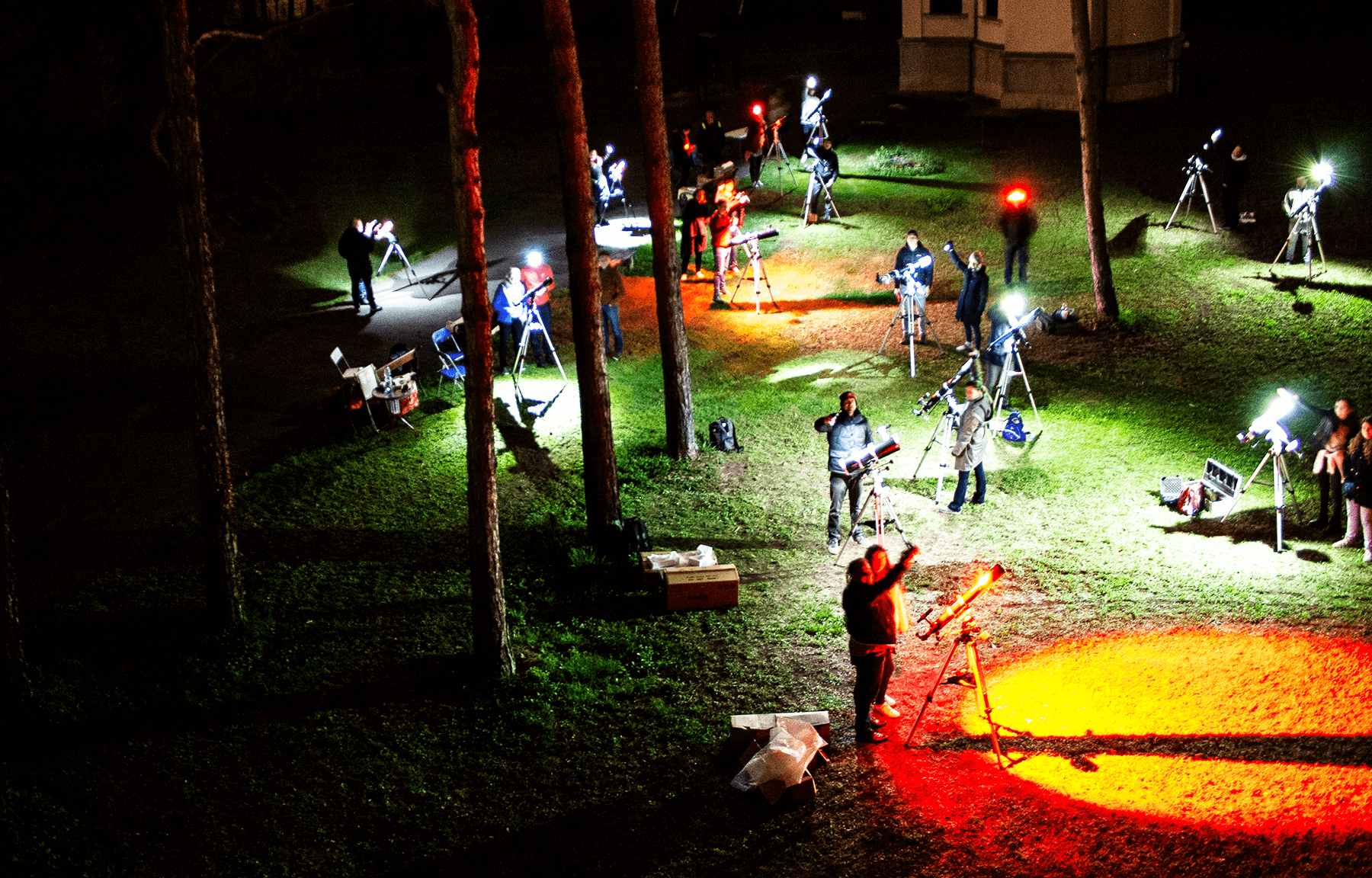
The cooperation between Kossuth Radio and the Hunor Program covers significant topics of space exploration.Continue reading
This year, the astronomical summer will be accompanied by special phenomena on the shortest night of the year, to include: the summer solstice, the triangular conjunction of the Moon, Venus, and Mars, and stellar occultation, the Svábhegyi Observatory revealed in a statement sent to MTI.

Photo: Pixabay
The astronomical summer begins on June 21 with the summer solstice, the longest day and shortest night of the year in the northern hemisphere. On this day, the sun stays above the horizon all day from the North Pole to the Arctic Circle, and
in Hungary the day lasts for about 16 hours.
On the other hand, it is completely dark in the Antarctic and at the South Pole.
Although the long day on June 21 means it will get dark much later, it is worth waiting for a beautiful conjunction at 10 pm: the thin crescent Moon, a bright Venus, and reddish-colored Mars will form a triangle at a blunt angle, all five degrees apart in the sky. “As the Moon is already low at just 13 degrees above the horizon, it is best to watch from a vantage point clear of trees, buildings, and other landmarks. The conjunction can also be observed on June 22, when the crescent Moon will move from the west to the east side of the planetary pair, making it even more prominent,” according to the statement.

Photo: Pixabay.com
They added that if you manage to observe the Moon on the evening of June 21 under clear skies, you should also use binoculars to get a good view of the star HD 76475 as it passes behind the crescent. The entry time is 10:25 pm on the 21st, just eight degrees above the horizon. Exit occurs just under half an hour later, at 10:45, at an altitude of six degrees.
“If we are lucky enough to find a place with a good view of the horizon,
we may also be able to spot the spectacular cluster of stars known as the Aries cluster
in the constellation of Cancer, below the Moon,” the statement says.
On June 24, three days after the summer solstice, all the telescopes and programs at the Svábhegy Observatory will celebrate the start of Midsummer Night and the astronomical summer. In the twilight sky, the pair of the Evening Star and Mars, and the craters of the now distant waxing crescent Moon, will become visible.

Photo: Facebook/Svábhegyi Csillagvizsgáló
The Stargate (Csillagkapu) is a series of family events with a strong astronomy theme. These include a Space Time Trampoline with marbles to model the movement of planets and stars in an interactive way with children.
Smelling ‘space perfumes’ in flasks in the Planet Sniffing Laboratory will give visitors a “taste” of exotic celestial bodies in the Solar System.

Photo: Pixabay.com
In the Meteorite Exploration program, visitors can examine rainbow-colored crystals of meteorites with microscopes, and get their hands on many objects from the meteorite collection, including rocks from outer space. In the Spectrum Zone, visitors can see exciting optical equipment and light-bending devices.

Photo: Pixabay.com
Via MTI; Featured Image: Facebook/Svábhegyi Csillagvizsgáló